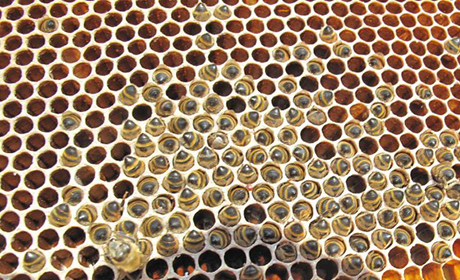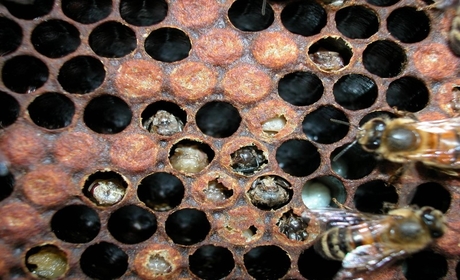
On average, 20% of unmanaged bee colonies may die during winter. In managed hives this figure can vary from around 5% to 100%, depending on the measures taken in autumn to prepare for winter.
Read Blog
Want to reduce plastic waste in your kitchen? Learn how to make homemade beeswax wraps to store food instead! They are reusable, non-toxic, biodegradable, and really easy to make.
Read Blog
At Beewise we are frequently asked “How do you start a smoker and what does the smoke do?”
Read Blog

Swarming in Australia tends to start during late August. Swarming results in the loss of your bees and thus reduced production, unless you capture them!

After a long, cold winter your bees are looking forward to spring which is a period intense activity for bees. Egg-laying, brood-raising, and nectar-gathering all start to ramp up after being almost dormant during winter.
Read Blog
The queen regulates hive behaviour and produces eggs to maintain the colony’s population. She can live for a year or more, whereas the worker bees have life spans as short as five weeks, for they are, well, busy bees, constructing combs, feeding and caring for the brood and queen, cleaning and guarding the hive, regulating nest temperature, foraging for nectar, pollen and water.
Read Blog
American foulbrood American foulbrood (AFB) is a fatal bacterial disease of honey bee brood caused by the spore forming bacterium Paenibacillus larvae. It is not a stress related disease and can infect the strongest to the weakest colony in an apiary. Infected brood usually die at the pre-pupal or pupal stage.
Read Blog